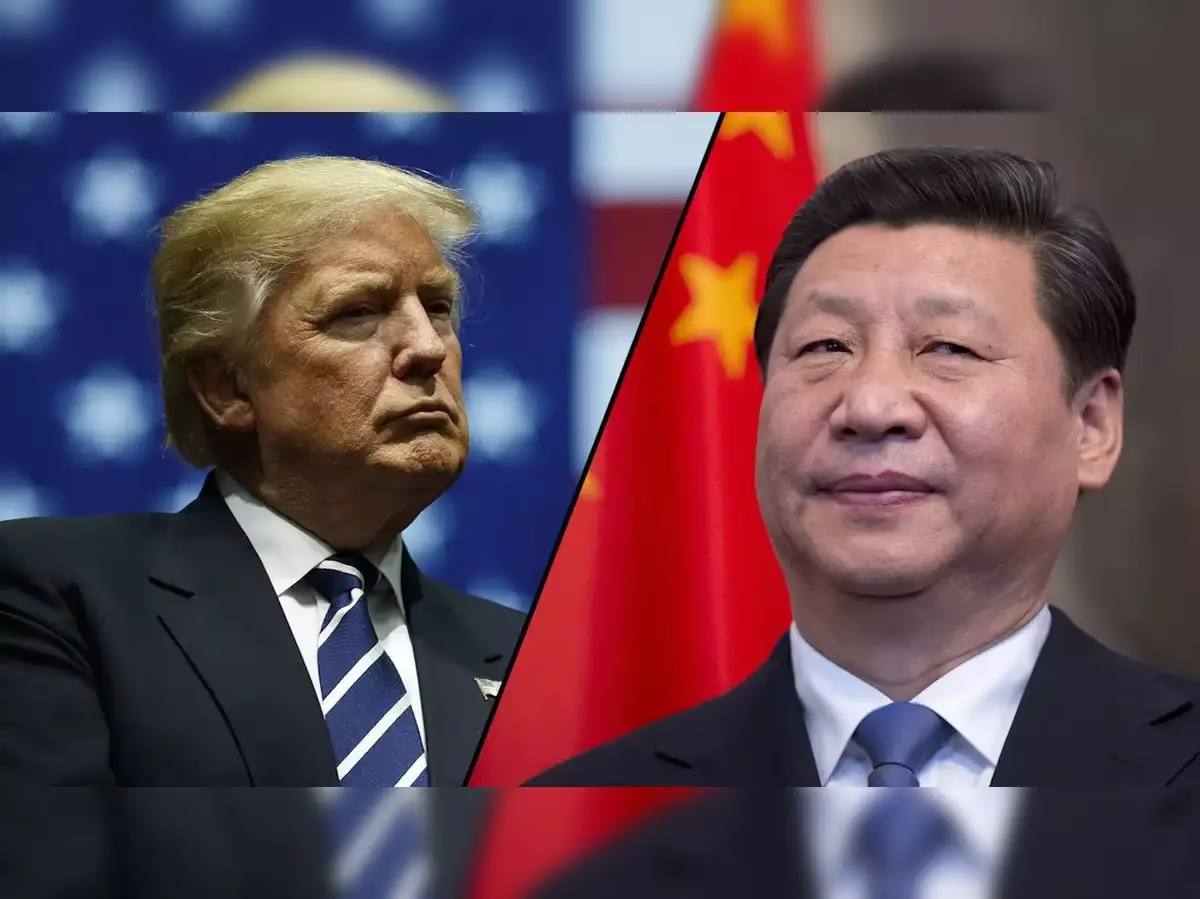In a dramatic escalation that threatens to reshape the global economic landscape, the United States and China appear headed for a monumental split. As tensions mount over tariffs and trade policies, market watchers warn that the fallout could leave the world economy on edge. With President Trump’s administration intensifying its tariff regime, Chinese President Xi Jinping is not sitting idle—he is playing hardball and assembling a formidable trade-war arsenal aimed squarely at U.S. companies.
A Clash of Economic Heavyweights
Recent developments indicate that while the U.S. seeks to leverage tariffs as a tool to force a more balanced trade relationship, China is countering with strategies designed to undermine American economic interests. Analysts describe this head-to-head confrontation as one that could redefine international trade norms for years to come.
The Trump administration’s approach—layering on tariffs designed to penalize what it sees as unfair trade practices—has been met by Xi Jinping’s aggressive stance. Beijing’s calculated measures include not only a vast array of counter-tariffs but also strategic outreach to other global partners, aimed at building a cohesive front against U.S. economic pressure.
Xi Jinping’s Trade-War Arsenal
According to experts, China has been meticulously preparing its trade-war arsenal for some time. This collection of countermeasures targets U.S. companies operating within Chinese markets and extends to critical sectors such as technology, manufacturing, and agriculture. The goal, officials suggest, is to offset the impact of U.S. tariffs while simultaneously leveraging China’s central role in global supply chains to assert its economic dominance. By positioning itself as a key player in alternative trade alliances, China aims to reduce its dependency on the American market and diminish the effectiveness of Trump’s economic strategies.
The Diplomatic Chessboard
Amid these high-stakes maneuvers, the diplomatic interplay between Washington and Beijing is intensifying. While the U.S. continues to impose steep tariffs on Chinese imports, China is rallying allies by reaching out to other nations affected by similar U.S. policies.
This multifaceted approach not only pressures the U.S. economically but also seeks to isolate Washington on the world stage. Analysts note that the confrontation is evolving into a broader geopolitical contest, where economic interests, technological rivalry, and national security considerations are interwoven in a complex tapestry of modern global politics.
Implications for the World Economy
The potential rift between the U.S. and China has already sent tremors through global financial markets. Investors worldwide are closely monitoring the situation, fearing that an all-out trade war could trigger significant disruptions.
With two of the world’s largest economies now caught in a high-stakes showdown, there is widespread concern that supply chains could be severed, production costs may soar, and consumer prices could spike. The precarious balance of international trade is at risk, and the uncertainty poses a significant challenge for businesses that operate on a global scale.
Analysis: A Strategy of Hardball Tactics
Industry analysts describe President Xi Jinping’s approach as a measured yet defiant response to Trump’s tariffs, pointing out that China’s strategy is not solely reactive but also proactive. By deploying a diversified portfolio of retaliatory actions—including targeted tariffs, non-tariff barriers, and strategic investments in alternative markets—China is signaling its readiness to protect its economic interests at any cost.
This stance starkly contrasts with the U.S. tactic, which hinges on the assumption that higher tariffs will force Beijing to negotiate on more favorable terms. Instead, China’s robust countermeasures reveal an appetite for confrontation that might well reshape international trade dynamics.
The Road Ahead for Global Trade
As policymakers and business leaders brace for the next phase in this unfolding trade saga, the long-term implications remain uncertain. What is clear, however, is that the U.S.-China split is not simply about numbers on a balance sheet—it is about power, influence, and the future direction of global commerce. The ensuing economic showdown could redefine trade alliances and prompt nations around the world to reexamine their positions in a rapidly evolving geopolitical landscape.
With the world watching this high-stakes drama unfold, the strategic choices made by both Washington and Beijing in the coming months will likely have profound ramifications. The intensifying trade friction between these economic behemoths is a vivid reminder that in today’s interconnected world, the battle over tariffs is not just an economic issue but a defining moment in international relations.
Across boardrooms, government agencies, and policy think tanks, the debate over how best to navigate this turbulent period is heating up. Whether through recalibrated trade agreements or the forging of new economic partnerships, one thing is certain: the U.S. and China are now locked in a struggle that could not only reshape their own futures but also alter the trajectory of the world economy for generations to come.




